-
To calibrate telescopes on Earth, NASA’s launching an ‘artificial star’ to orbit
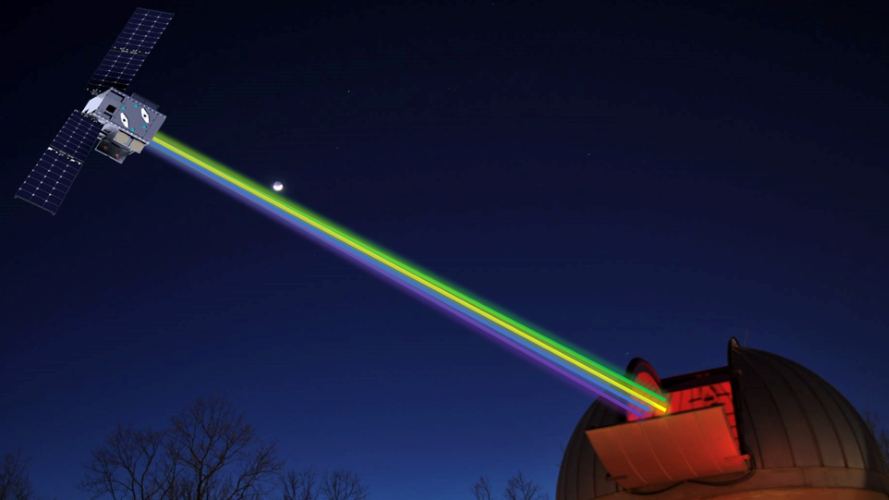
Come 2029, skywatchers can glimpse at least one “star” in the sky made by humans. Earlier this week, NASA announced plans to place a small satellite in Earth orbit at a little over 22,000 miles (35,400 kilometers) above our planet’s surface — far enough for the satellite to mimic a real star to telescopes on…
-
Planet Nine: Is the search for this elusive world nearly over?
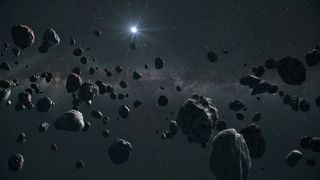
Deep in the outer reaches of the solar system — so far away from the known planets that the sun would barely be distinguishable from a nearby star — a massive, icy world may be lurking in the shadows, waiting to be discovered by humanity. And the day that we finally find this elusive planet…
-
Planet Nine: Is the search for this elusive world nearly over?

Deep in the outer reaches of the solar system — so far away from the known planets that the sun would barely be distinguishable from a nearby star — a massive, icy world may be lurking in the shadows, waiting to be discovered by humanity. And the day that we finally find this elusive planet…
-
NASA will put a ‘new star’ in the sky by the end of the decade in 1st-of-its-kind mission
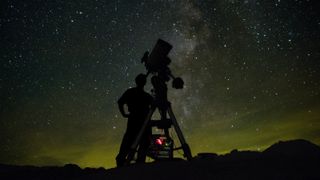
A first-of-its-kind NASA mission aims to put a new “star” in the sky by the end of the decade to help solve a wide range of the universe’s biggest mysteries, scientists have announced. The Landolt NASA Space Mission aims to send an artificial star satellite into orbit around Earth by “early 2029,” Peter Plavchan, an…
-
James Webb telescope discovers most distant supernova ever seen
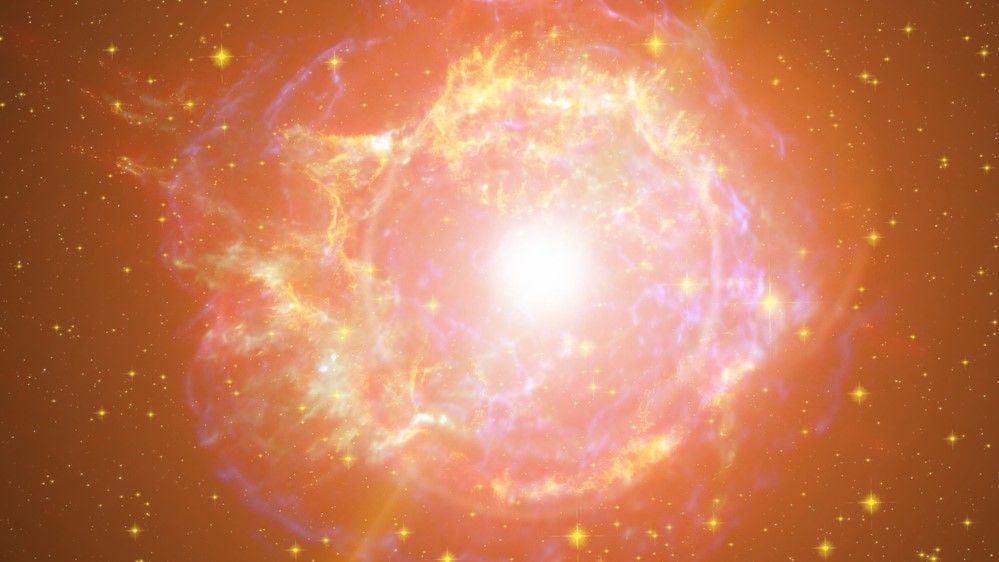
The James Webb Space Telescope has discovered the oldest and most distant supernova ever seen — a stellar explosion that took place when the universe was just 1.8 billion years old. The ancient starburst was uncovered among 80 others in a patch of sky that, from our perspective on Earth, is about the width of…
-
A strange intermittent radio signal from space has astronomers puzzled

When astronomers turn our radio telescopes out towards space, we sometimes detect sporadic bursts of radio waves originating from across the vast expanse of the universe. We call them “radio transients”: some erupt only once, never to be seen again, and others flicker on and off in predictable patterns. We think most radio transients come…
-
Private Odysseus moon lander reveals which Earth ‘technosignatures’ aliens might see
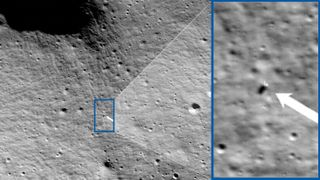
Human technology like cell phones and broadcast towers constantly radiate radio waves into space, and astronomers estimate this tell-tale signature of humanity has swept across 75 nearby star systems, signaling to any watchful alien civilization that Earth hosts a technologically advanced species. And, while scientists have listened to the incessant radio chatter from our planet…
-
David Charbonneau and Sara Seager bag the 2024 Kavli Prize in Astrophysics

Planet hunters: David Charbonneau and Sara Seager share the $1m prize for their work characterizing the atmospheres of exoplanets (courtesy: Nils Lund/Kavliprize) Exoplanet researchers David Charbonneau from Harvard University and Sara Seager from the Massachusetts Institute of Technology have won the 2024 Kavli Prize in Astrophysics. The laureates, who will share the $1m prize, have…
-
‘Absolutely gutted’: How a jammed door is locking astronomers out of the X-ray universe

Just outside Hiroya Yamaguchi’s office is a blackboard crowded with exploded stars, spaceship schematics and spectral lines. The A4 printouts obscure almost all the free space, except for a tiny corner where he sometimes scribbles in white chalk. Right now, Yamaguchi, an associate professor at Japan’s Institute of Space and Astronautical Science, is standing in…
-
Sign Up For ‘Astronomy: Made in Latin America’

Newsletters Astronomy: Made in Latin America Discover dark constellations, massive radio telescopes, and more in our newsletter on astronomy and space science from Latin America. Illustration by Carmen Deñó for Science Friday Did you know that some of the best locations for studying the cosmos are in Latin America? From centuries-old solar observatories in Mexico…